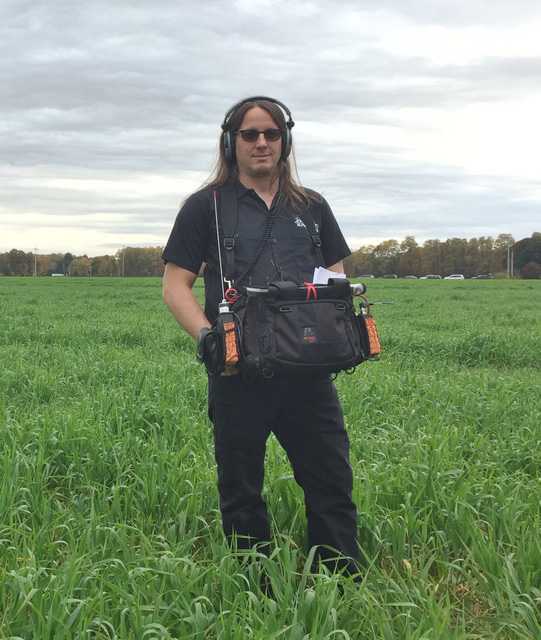Lectrosonics undercover on Cold War drama
- Details

Sound mixer Paul Pouthier, whose credits also include Gossip Girl and Orange Is the New Black, recorded nearly all of the dialogue with a portable bag system packed exclusively with Lectrosonics wireless. Transmitters included four SMDWBs, two HMa plug-ons, and a mix of original SM, SMa, and SMV packs. Receivers comprised four UCR411a plus two Dual SR units, the predecessor to today’s SRc. Set comms were handled by IFB-T4 and UM400a transmitters paired with R1a receivers.
“I sort of fell into the Lectro world,” says Pouthier. “I came onto The Americans fresh off of Gossip Girl, under the tutelage of the great Allan Byer. He used Lectrosonics, as did Mike Lonsdale, a commercial mixer in New York whose gear I was borrowing and would eventually acquire. After experiencing Lectrosonics for myself, I knew I would never go back to anything else.”
Lectrosonics’ simplicity of setup was a key player in many in-car dialogue scenes. “In vehicles, the director was fond of French overs,” Pouthier explains. “Those are shots where you’re looking from the back seat at two people talking in the front, and there’s no typical profile or straight-on stuff. Most of the time, I just had to drop the bag in the car and hope for the best. The cars from the early ’80s had a lot less soundproofing, so planting a couple of Sanken CUB mics in the headliner through SM-series transmitters always got the perfect ambience. I had this one scene with three actors - Keri, Matt, and Margo Martindale - and the result sounded like you were sitting in the car with them.”
That degree of audio quality was always a standout for Pouthier. “On Gossip Girl, our boom mics were on cables,” he notes. “Talent usually had Sanken COS-11s on SM-series transmitters. I couldn’t tell the cabled and wireless signals apart, and would ask Allan how he was making the wireless sound so good. He showed me some tricks about gain staging and so on, but a lot of it had to do with the fidelity of the transmitters.”
Lectrosonics has also eased the task of frequency coordination on many productions Pouthier has worked - especially when things don’t go according to plan. “Two things come to mind in this department,” he recounts. “First, I once worked on a reality competition show about fashion, and as a sound mixer you’re assigned a camera and expected to have audio up for whoever is in the shot as soon as that camera is active. You have to flip frequencies a lot, and with the controls on most receivers, you’d be lucky to grab a soundbite before the scene is over. With Lectrosonics, I programed groups and switched with a quick button-push.”
Pouthier’s second secret weapon for frequency management is Lectrosonics Wireless Designer software. “When I’m working in L.A., I find the RF spectrum is just crazy busy,” he says. “You go to the frequency coordinator at the beginning of the day, but by the time you get going, some of what they’ve told you is available turns into junk. I have [a laptop with] Wireless Designer interfaced to my original Venue receivers - I have a wideband plus a narrowband - and I can always find frequencies that work in the moment and get a detailed spectrum analysis as a bonus.”
















